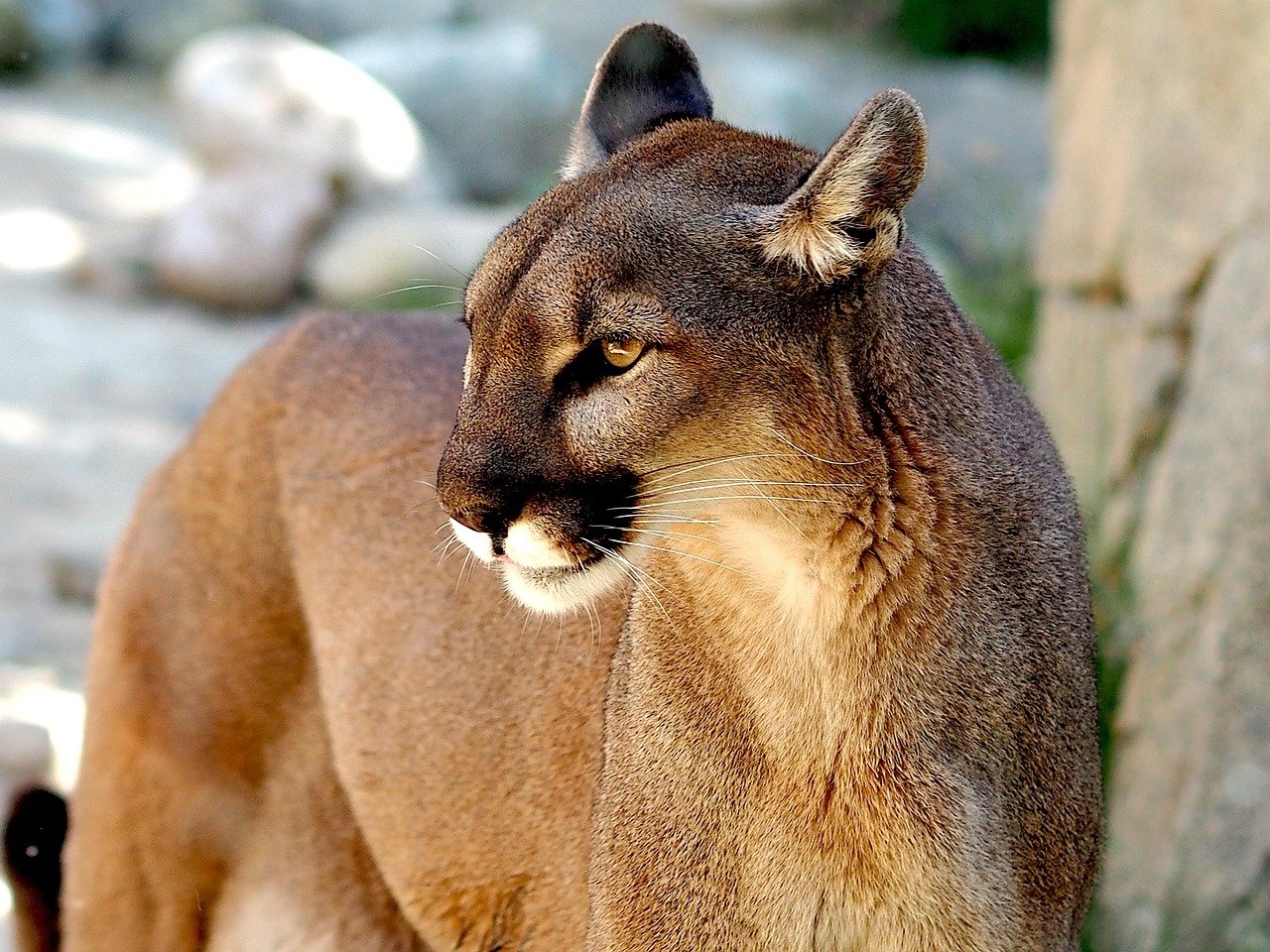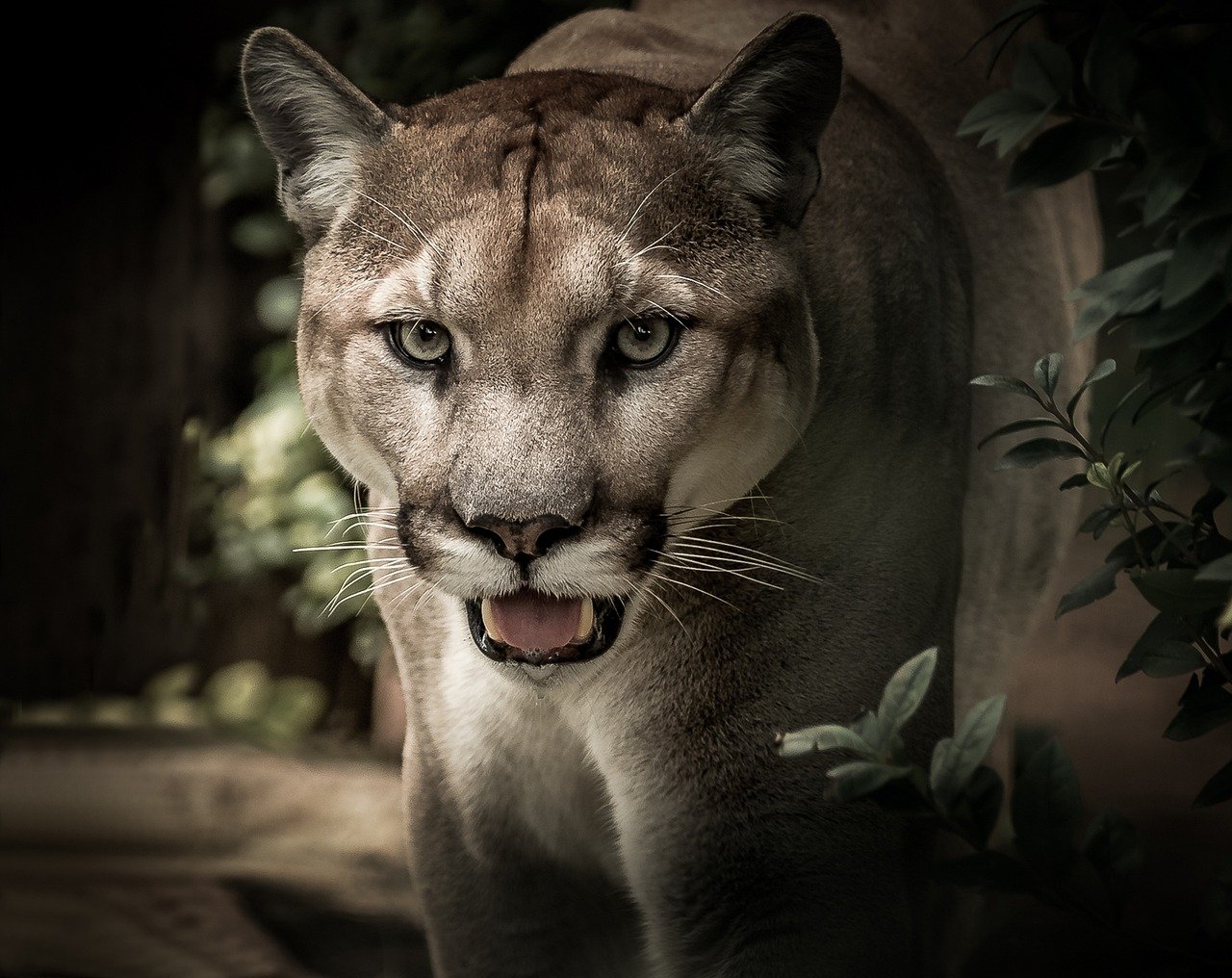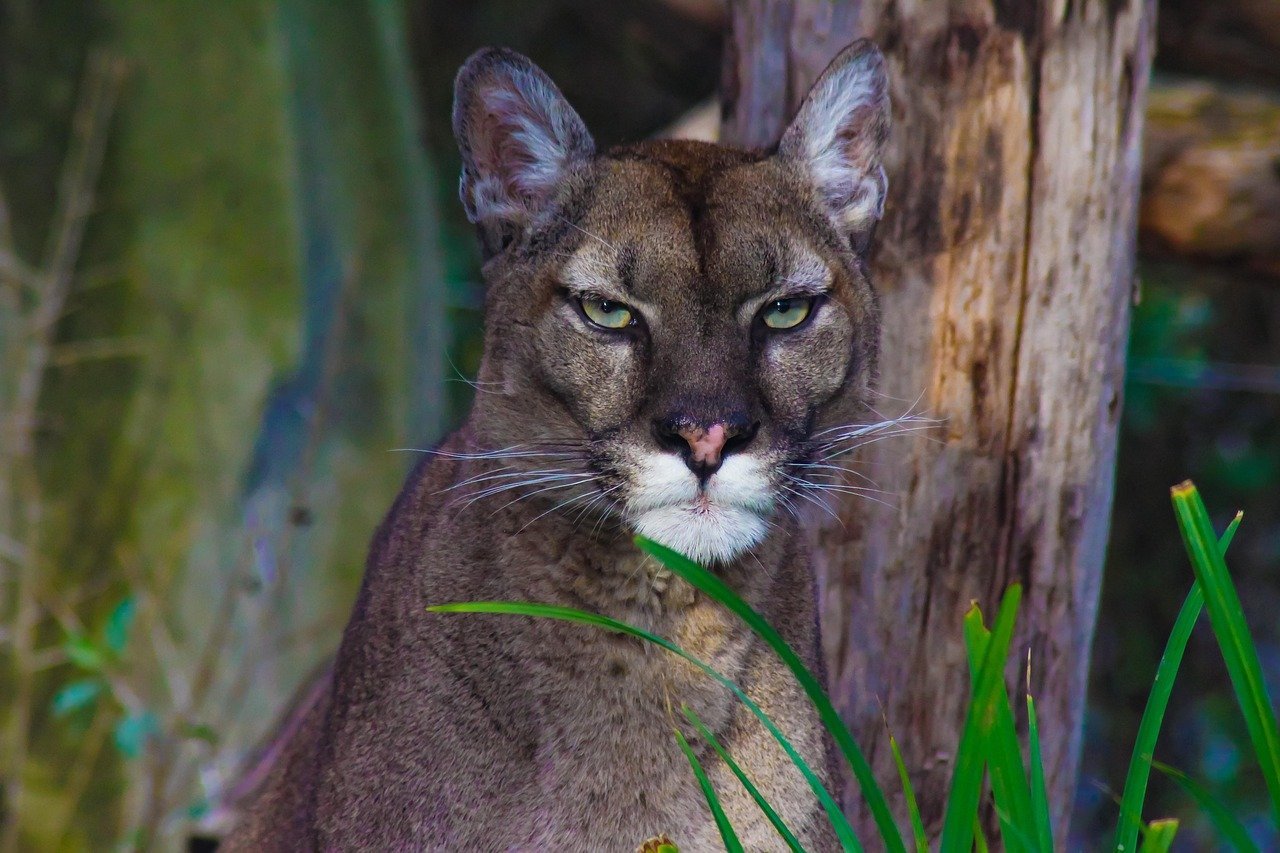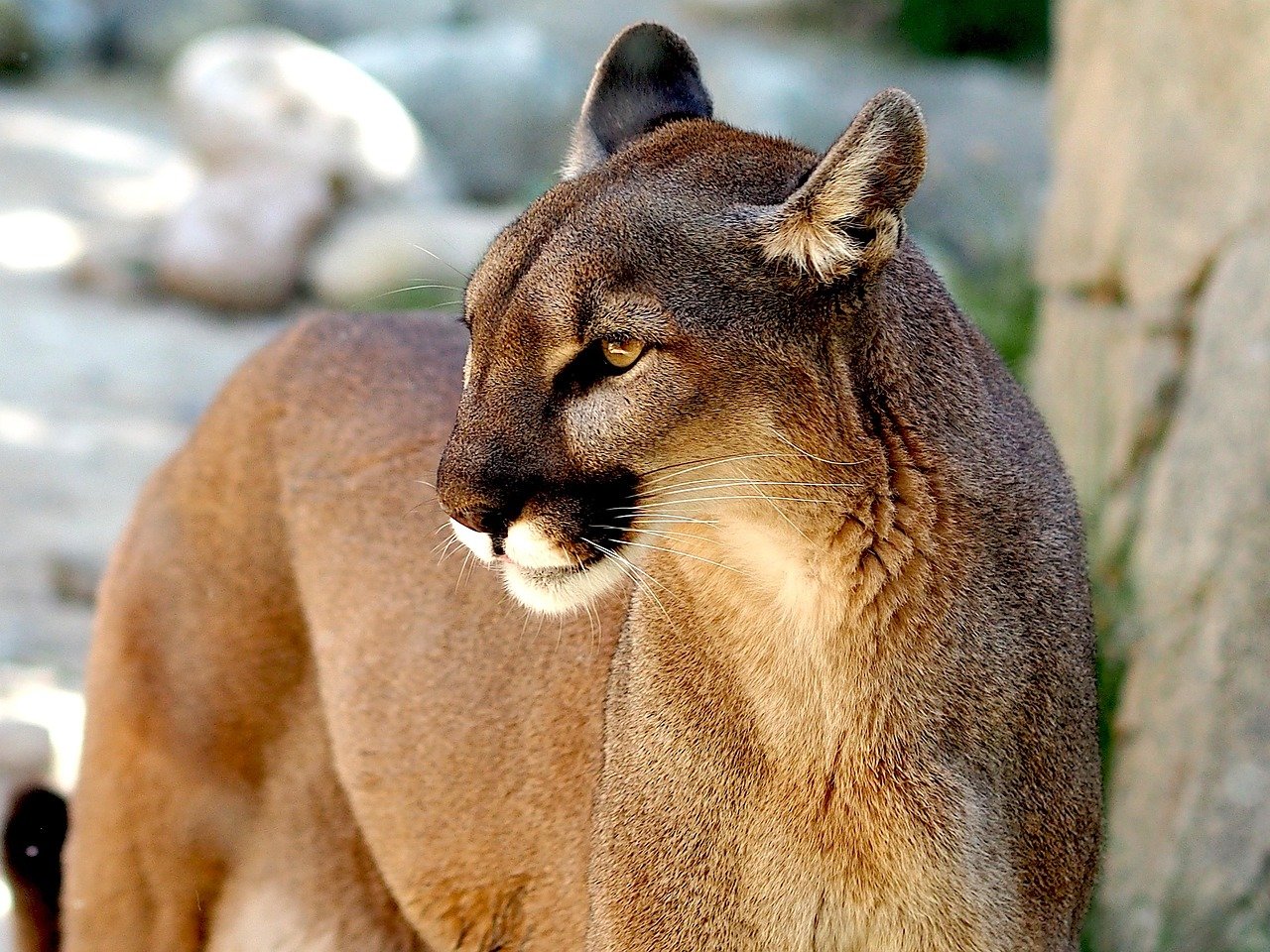The American Puma, often referred to as the “Silent Stalker,” is one of nature’s most elusive and captivating creatures. Known for its grace and agility, this big cat roams the wild landscapes of the Americas, leaving behind only whispers of its presence. For cat lovers and wildlife enthusiasts alike, the American Puma holds a mysterious allure that is hard to resist. In this article, we will delve into ten fascinating facts about this incredible feline, uncovering the secrets of its existence and the wonders of its world.
The Many Names of the Puma
The American Puma is a cat of many names, reflecting its widespread habitat and the diverse cultures that have encountered it. In North America, it’s commonly known as a cougar or mountain lion. In South America, it may be called a panther or catamount. Despite the different names, it’s all the same species, scientifically known as Puma concolor. The variety in names is a testament to the puma’s adaptability and the vast range it covers, from the cold Canadian forests to the steamy jungles of South America. This adaptability has earned it the title of the cat with the most names in the animal kingdom.
Masters of Camouflage

Pumas have an incredible ability to blend into their surroundings, making them nearly invisible to both prey and human observers. Their tawny, sleek coats match the earthy tones of their environment, whether it’s the desert sands or dense woodland. This natural camouflage is a vital survival tool, allowing them to stalk prey silently and avoid detection. Imagine trying to spot a shadow in the twilight; that’s how elusive the puma can be. Their ability to disappear into the landscape is part of what makes them such successful predators and fascinating subjects for wildlife photographers.
Solitary Wanderers

Unlike many big cats that form prides or groups, pumas are solitary creatures. They prefer to roam alone, each individual claiming a vast territory that can span hundreds of square miles. This solitary nature is a strategic advantage, reducing competition for food and mates. A puma’s territory is like its own kingdom, fiercely protected and marked with scent to warn off intruders. This solitary lifestyle also contributes to their mystique, as they are rarely seen in the wild, adding an air of enigma to their existence.
The Art of Silent Hunting

The puma’s nickname, “Silent Stalker,” is well-deserved. These cats are exceptional hunters, relying on stealth and patience to catch their prey. They can move silently through the underbrush, their padded paws muffling any sound. When the moment is right, they pounce with explosive speed and agility, often taking down prey much larger than themselves. Their hunting technique is a masterclass in precision and timing, akin to a ballet dancer executing a perfect leap. Watching a puma in action is to witness nature’s artistry at its finest.
Adaptable Diet

Pumas are opportunistic feeders, adapting their diet to whatever prey is available in their territory. Their menu can include deer, elk, rabbits, and even smaller mammals like rodents. This flexibility is key to their survival across such a wide range of habitats. In some areas, pumas have been known to prey on livestock, which can lead to conflicts with humans. However, this adaptability is also a testament to their resilience and ability to thrive in diverse environments. They are like culinary adventurers, always ready to sample the local delicacies.
Incredible Leapers

One of the most astonishing physical traits of the puma is its ability to leap great distances. With powerful hind legs and a muscular build, they can jump as far as 40 feet horizontally and 15 feet vertically. This incredible leaping ability allows them to traverse rugged terrain with ease, escaping predators and chasing down prey. It’s as if they have springs in their legs, propelling them effortlessly across obstacles. This athletic prowess is not only a survival skill but also a mesmerizing spectacle for those fortunate enough to witness it.
Elusive Communicators

Though solitary, pumas have a unique way of communicating with one another. They use a combination of vocalizations, body language, and scent markings to convey messages. Their vocal repertoire includes growls, hisses, and an eerie scream-like call that can carry for miles. These sounds are both a warning and a way to attract mates. Scent marking, on the other hand, is used to establish territory boundaries. It’s a complex language, akin to a secret code, understood only by those who share their world.
Stealthy Reproduction

Puma mating rituals are as elusive as the cats themselves. Males and females come together briefly during the mating season, and after a gestation period of about three months, the female gives birth to a litter of cubs. The cubs are born blind and helpless, relying entirely on their mother for survival. She raises them in secluded dens, teaching them the skills they need to thrive in the wild. This nurturing phase is crucial for the cubs, and the mother’s dedication is reminiscent of the protective instincts seen in human parents.
Conservation Challenges

Despite their adaptability, pumas face numerous threats in the wild. Habitat loss, human-wildlife conflict, and poaching are significant challenges. Conservation efforts are underway to protect these magnificent creatures and their habitats. Organizations are working to create wildlife corridors, reducing the risk of human encounters and preserving the puma’s natural range. These efforts are essential to ensure the survival of the species, allowing future generations to marvel at the silent stalker of the wild.
The Puma’s Place in Culture

Throughout history, the puma has held a special place in the myths and legends of indigenous cultures. Revered as a symbol of strength and agility, it appears in the stories of Native American tribes and Andean folklore. In some cultures, the puma is seen as a guardian spirit, embodying the qualities of courage and independence. These cultural connections highlight the deep respect and admiration humans have for this extraordinary animal. They remind us of the timeless bond between man and the wild, a connection that transcends time and geography.
In conclusion, the American Puma is a majestic and enigmatic creature that continues to captivate and inspire. Its adaptability, stealth, and strength make it an icon of the wilderness, a reminder of the untamed beauty that still exists in our world. As we learn more about the puma and its role in the ecosystem, we gain a deeper appreciation for the delicate balance of nature and the silent stalker that calls it home.

Gargi from India has a Masters in History, and a Bachelor of Education. An animal lover, she is keen on crafting stories and creating content while pursuing a career in education.






